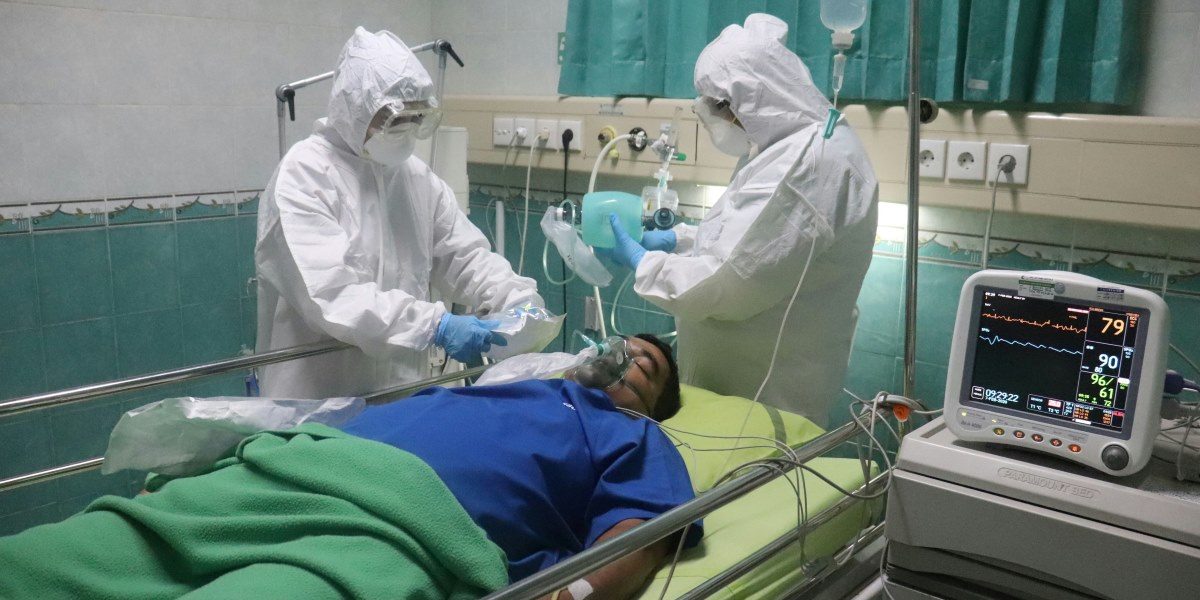In the ICU setting, where patient well-being is a priority and safety is a key concern, pressure ulcers present a significant challenge. These sores, stemming from extended immobility, may result in serious issues. Modern hospital beds in ICU settings are designed to address this challenge. This guide explores how advanced bed features support efforts to prevent pressure injuries and enhance patient care.
Exploring the Impact of Pressure Sores
Pressure ulcers, or bedsores, develop due to extended pressure on the skin and are often seen in people confined to bed for long periods. They can appear quickly and, without proper care, may cause infections or serious health issues. Protecting patients’ skin health is crucial in ICU care environments. Applying proactive tactics can greatly lower the risk of these injuries.
Innovative Technological Advancements in Hospital Beds
In today’s hospitals, hospital bed ICU models have integrated advanced technology to ease discomfort and improve well-being. These beds include pressure adjustment and weight distribution to help manage strain on the body. Designed to adapt to patients’ needs, they support even weight distribution. Some models also incorporate sensors that monitor patient activity and provide real-time updates to healthcare providers.
Advantages of Automated Adjusting
The automatic repositioning feature in some hospital beds is designed to assist with patient movement. Shifting patients at intervals it helps distribute pressure more evenly. This function may also reduce some physical demands on caregivers, allowing them to focus on other tasks.
The Significance of Pressure Redistribution
Managing pressure distribution is an essential factor in patient care. Some hospital beds in ICU settings include surfaces designed to adjust based on a patient’s weight and posture. These surfaces evenly spread pressure over the body to alleviate strain on specific spots. By reducing pressure build-up in vulnerable areas, these beds help decrease the risk of developing injuries, enhancing patients’ comfort and safeguarding them during their healing process.
Enhanced Care through Real-Time Monitoring
Monitoring conditions in hospital bed ICU setups in real-time is crucial for healthcare providers to stay informed and take timely action when needed. This helps prevent pressure injuries and customize care plans according to each patient’s requirements. For those looking to upgrade their facilities, consider exploring an ICU hospital bed for sale to help enhance patient care and safety.
Assisting Those Who Provide Care in Their Duties
High-tech beds can assist patients and healthcare workers by reducing the need for manual repositioning. By automating specific tasks, these beds may lessen the physical strain on caregivers, allowing them to focus on other responsibilities. This support can contribute to a more comfortable care environment for patients.
Enhancing the Results for Patients
Advancements in hospital bed ICU technology enhance patient outcomes by decreasing pressure injuries, resulting in shorter hospital stays and reduced healthcare expenses. Improving patients’ comfort levels also helps enhance their recovery process. Furthermore, the psychological benefits of knowing they receive premier care should not be underestimated.
Obstacles and Factors to Think About
While there are benefits to incorporating advanced hospital bed ICU solutions into healthcare settings, there are also obstacles to overcome in the implementation process. The cost factor is significant since these beds require a financial commitment. It is vital to provide training for healthcare professionals to utilize the technology effectively and derive advantages from it. Furthermore, facilities must prioritize maintenance to help the beds function optimally. By tackling these hurdles, hospitals can seamlessly integrate advanced beds and maintain their effectiveness over time.
Anticipating What Lies Ahead
Technological advancements continue to shape the future of intensive care units, with ongoing research driving innovations to improve patient care. Future developments may include hospital beds integrated with AI features, potentially enhancing how patient support is managed. These technologies can contribute to efficiency and patient comfort in ICU environments as they evolve.
In Summary
Modern hospital beds in ICU settings are designed to help manage patient care, including efforts to reduce the risk of bedsores. Features such as automated repositioning, pressure distribution, and patient monitoring can assist healthcare providers in their daily tasks. As technology continues to evolve, there is potential for further advancements in patient support and comfort.
Disclaimer: This article is for informational purposes only and does not constitute medical advice. Healthcare professionals should rely on their clinical judgment and institutional protocols when implementing pressure injury prevention strategies. Product availability, features, and effectiveness may vary by manufacturer and region. Always consult medical professionals and equipment manufacturers for guidance on appropriate use.
Published by Stephanie M.


















